






 A gift version of the standard Makarov pistol.
A gift version of the standard Makarov pistol.





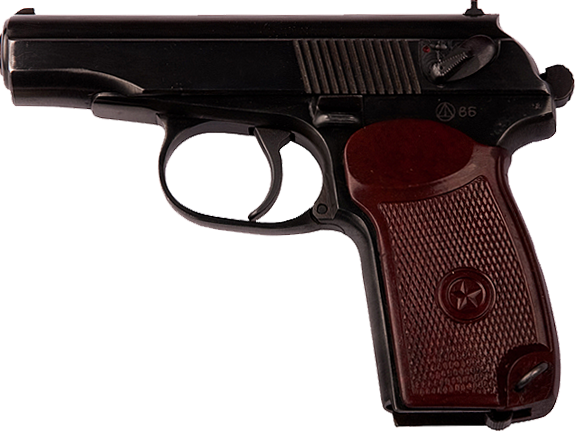

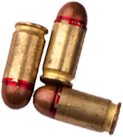

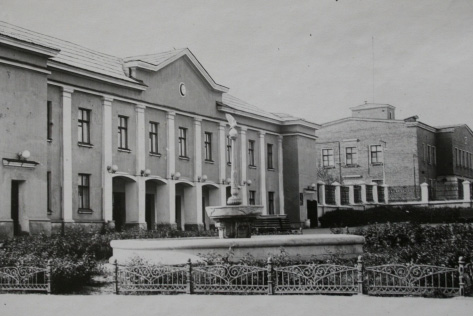



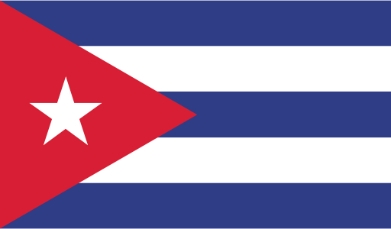


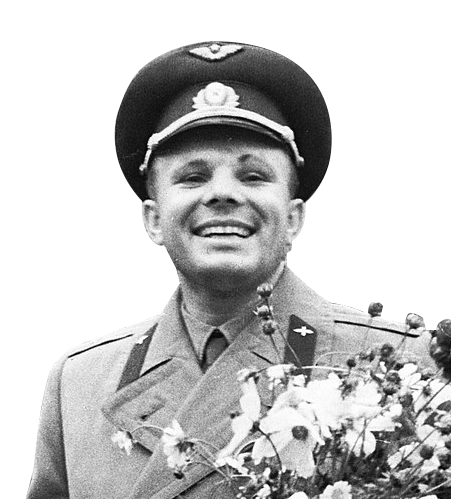
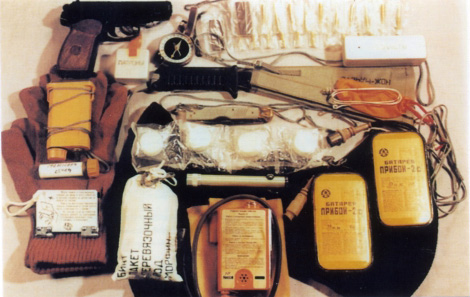
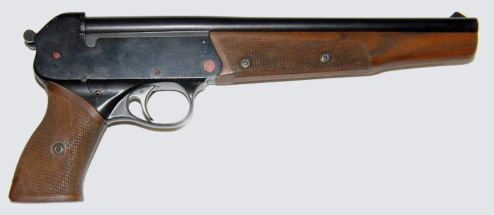
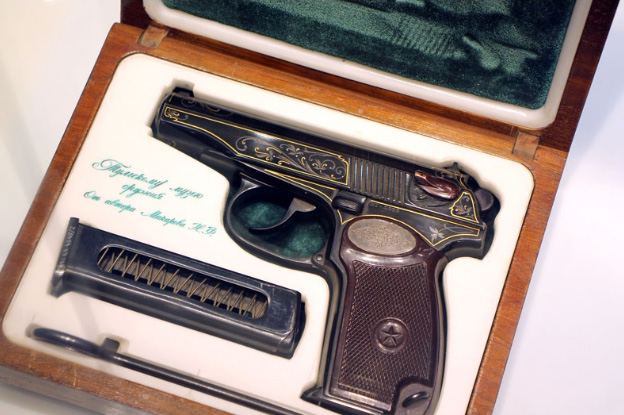
Общие положения
Стрельба из пистолета ведется из положения стоя, с колена, лежа, с руки и с упора или при движении на машине и т. п. Все приемы стрельбы стреляющий выполняет быстро, не прекращая наблюдения за целью.
83. Стрельба из пистолета складывается из выполнения следующих приемов:
— изготовки к стрельбе (заряжание пистолета, принятие положения для стрельбы);
— производства выстрела (прицеливание, спуск курка);
— прекращения стрельбы (прекращение нажатия на хвост спускового крючка, включение предохранителя, т. е. перевод его в положение «предохранение», разряжание пистолета).
84. В бою огонь из пистолета ведется самостоятельно.
С учебной целью для стрельбы в различных положениях подается команда (примерно) «По такой-то цели, лежа (с колена, стоя) — огонь». По этой команде необходимо принять указанное командой положение, выключить предохранитель (опустить флажок вниз) и, прицеливаясь, произвести выстрел самовзводом. Выстрел по этой команде может быть произведен также с предварительным взведением курка на боевой взвод. В этом случае после постановки курка на боевой взвод необходимо прицелиться и нажать на хвост спускового крючка.
85. Для выполнения приемов стрельбы, обеспечивающих наибольшую меткость и удобство действий стреляющего, каждый военнослужащий должен в: зависимости от своих индивидуальных особенностей выработать наиболее выгодное и устойчивое положение для стрельбы, добиваясь при этом однообразного положения рукоятки в руке и наиболее удобного положения корпуса, рук и ног.
Изготовка к стрельбе
86. При изготовке к стрельбе по команде «Заряжай» стреляющий должен:
— вынуть пистолет из кобуры; извлечь магазин из основания рукоятки; вложить пистолет в кобуру;

Рис. 1. Снаряжение магазина патронами
— снарядить магазин патронами, для чего, удерживая магазин в левой руке (рис. 1), правой рукой вкладывать в магазин один за, другим патроны, надавливая при этом большим пальцем до тех пор, пока патрон не зайдет за верхние загнутые края боковых стенок корпуса магазина, придвинуть его капсюлем вплотную к задней стенке корпуса магазина;
— вынуть пистолет из кобуры и вставить магазин в основание рукоятки;
— дослать патрон в патронник ствола, для чего выключить предохранитель (опустить флажок вниз), отвести левой рукой затвор в крайнее заднее положение и отпустить его;
— включить предохранитель (перевести флажок предохранителя большим пальцем правой руки так, чтобы он закрыл красный кружок) и вложить пистолет в кобуру.
Примечание. В боевой обстановке пистолет должен быть заряжен заблаговременно.
87. Для принятия положения к стрельбе стоя (рис. 2) необходимо:
— повернуться вполоборота налево и, не приставляя правой ноги, выставить ее вперед по направлению к цели на ширину плеч (как удобнее по росту), распределив тяжесть тела равномерно на обе ноги;
— отстегнуть крышку и вынуть пистолет из кобуры;
— держать пистолет отвесно дульной частью вверх против правого глаза, сохраняя при этом положение кисти руки на высоте подбородка; левая рука должна быть свободно опущена вдоль тела или заложена за спину;
— удерживая пистолет дульной частью вверх, наложить большой палец правой руки на флажок предохранителя и опустить его вниз (выключить предохранитель); вложить указательный палец в спусковую скобу, не касаясь спускового крючка.
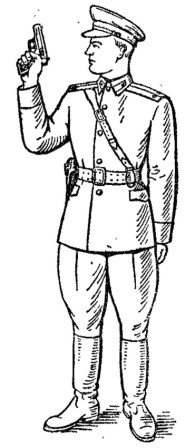
Рис. 2. Положение для стрельбы стоя
Примечания: 1. При стрельбе с левой руки положение корпуса обратное; правой рукой вынуть пистолет из кобуры и переложить его в левую руку.
2. Если стрельба будет вестись с предварительным взведением курка, а не самовзводом, то после выключения предохранителя необходимо нажатием большим пальцем правой руки на головку курка поставить курок на боевой взвод.
88. Для принятия положения к стрельбе с колена (рис. 3) нужно выставить назад левую ногу так, чтобы носок ступни ее был против каблука правой ноги;
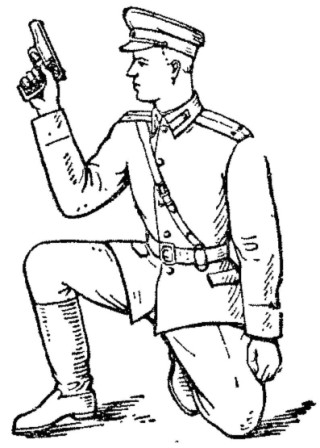
Рис. 3. Положение для стрельбы с колена
быстро опуститься на левое колено и присесть на каблук; правую ногу от колена до ступни держать по возможности отвесно, носок ступни — в направлении на цель; вынуть пистолет из кобуры, выключить предохранитель (опустить флажок вниз); поставить курок на боевой взвод, если стрельба будет вестись с предварительным взведением курка; удерживать пистолет, как указано в ст. 87.
89. Для принятия положения к стрельбе лежа (рис. 4) следует сделать полный шаг правой ногой вперед и немного вправо;

Рис. 4. Положение для стрельбы лёжа
наклоняясь вперед, опуститься на левое колено и поставить левую руку на землю впереди себя пальцами вправо; затем, опираясь последовательно на бедро левой ноги и предплечье левой руки, лечь на левый бок и быстро повернуться на живот, раскинув ноги слегка в стороны носками наружу. Вынуть пистолет из кобуры, выключить предохранитель и поставить курок на боевой взвод, как указано в ст. 87; если стрельба будет вестись самовзводом, то после выключения предохранителя вложить указательный палец правой руки в спусковую скобу, не касаясь спускового крючка.
Производство выстрела
90. Для производства выстрела из всех положений для стрельбы надо: выбрать точку прицеливания; не прекращая наблюдения за целью, вытянуть правую руку с пистолетом вперед, удерживая пистолет за рукоятку кистью правой руки; наложить указательный палец этой руки первым суставом на хвост спускового крючка; вытянуть по левой стороне рукоятки большой палец правой руки параллельно направлению ствола (рис. 5);

Рис. 5. Как держать пистолет при стрельбе
вытянутую правую руку держать свободно, без напряжения, кисть этой руки держать в плоскости, проходящей через ось канала ствола и локоть руки (рис. 6); рукоятку пистолета не сжимать и держать ее по возможности однообразно.
91. Для прицеливания задержать дыхание на естественном выдохе, зажмурить левый глаз, а правым смотреть чез прорезь целика на мушку так, чтобы мушка пришлась посредине прорези, а вершина ее наравне с верхними краями целика; в таком положении подвести пистолет под точку прицеливания (не сваливая его) и одновременно начать нажим на хвост спускового крючка.
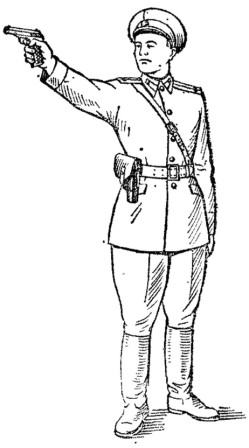
Рис. 6. Положение для стрельбы стоя
Примечание. Если стреляющему трудно закрыть отдельно левый глаз, разрешается прицеливаться с открытыми обоими глазами.
92. Для спуска курка необходимо, удерживая дыхание, плавно нажимать первым суставом указательного пальца на хвост спускового крючка, пока курок незаметно для стреляющего, как бы сам собой, не сорвется с боевого взвода, т. е. пока не произойдет выстрела.
При взведенном предварительно курке следует иметь в виду, что спусковой крючок имеет некоторый свободный ход, при котором выстрела не произойдет.
При нажиме на хвост спускового крючка давление пальца производить прямо назад. Стреляющий должен плавно увеличивать давление на хвост спускового крючка в течение того времени, когда вершина ровной мушки совмещается с точкой прицеливания, когда же мушка отклонится от точки прицеливания, стреляющий должен, не увеличивая, но и не ослабляя давления, выправить наводку и, как только ровная мушка опять совместится с точкой прицеливания, вновь плавно усилить нажим на хвост спускового крючка. При спуске курка не следует смущаться незначительными колебаниями мушки у точки прицеливания; стремление произвести спуск обязательно в момент наилучшего совпадения мушки с точкой прицеливания может повлечь за собой дергание за спуск, а отсюда неточный выстрел. Если стреляющий, нажимая на хвост спускового крючка, почувствует, что не может больше не дышать, надо, не ослабляя и не усиливая нажима пальца, перевести дыхание и, вновь задержав его, продолжать плавно дожимать хвост спускового крючка.
Прекращение стрельбы
93. Прекращение стрельбы может быть временное и полное.
Для временного прекращения стрельбы подается команда «Стой». По этой команде стреляющий должен прекратить нажим на хвост спускового крючка; удерживая пистолет в правой руке, большим пальцем этой руки поднять флажок предохранителя вверх так, чтобы он закрыл красный кружок (включить предохранитель), и, если нужно, перезарядить пистолет.
Для перезаряжания пистолета надо:
— извлечь магазин из основания рукоятки пистолета;
— вставить снаряженный магазин в основание рукоятки;
— если предстоит стрельба, выключить предохранитель (опустить флажок вниз) и, если стрельба будет вестись с предварительным взведением курка, поставить курок на боевой взвод. (Если перед перезаряжанием были израсходованы все патроны, необходимо отвести затвор назад и отпустить его.)
Для полного прекращения стрельбы подается команда «Разряжай».
По этой команде стреляющий должен:
— прекратить нажим на хвост спускового крючка;
— включить предохранитель;
— разрядить пистолет.
Для разряжания пистолета надо:
— извлечь магазин из основания рукоятки;
— выключить предохранитель (опустить флажок вниз);
— извлечь патрон из патронника, для чего, удерживая пистолет в правой руке за рукоятку, левой рукой отвести затвор назад и отпустить его; поднять с земли (пола) патрон, выброшенный затвором из патронника, и обтереть его ветошью;
— включить предохранитель;
— вложить пистолет в кобуру;
— вынуть патроны из магазина: взяв магазин в левую руку, большим пальцем правой руки сдвинуть патроны один за другим вперед по подавателю магазина и подхватить их ладонью той же руки (рис. 7);
— вынуть пистолет из кобуры; вставить магазин в основание рукоятки; снова вложить пистолет в кобуру и застегнуть крышку кобуры.
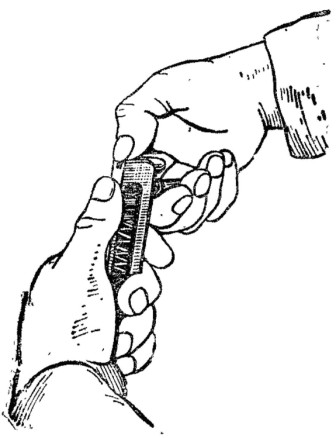
Рис. 7. Как вынуть патроны из магазина
По команде «Оружие — к осмотру» стреляющий обязан:
— левой рукой вынуть магазин из основания рукоятки пистолета и вложить его под большой палец правой руки впереди предохранителя (рис. 8) так, чтобы подаватель магазина был на 2—3 см выше затвора;
— после осмотра оружия руководителем стрельбы взять магазин в левую руку;

Рис. 8. Положение пистолета и магазина в руке по команде "Оружие к осмотру"
— большим пальцем правой руки нажать на кнопку затворной задержки и освободить затвор;
— нажав на спусковой крючок, произвести контрольный спуск курка;
— поставить предохранитель в положение «предохранение»;
— вставить магазин в основание рукоятки;
— вложить пистолет в кобуру и застегнуть крышку кобуры.
Стрельба с упора и из-за укрытия
94. Упор используется для повышения действительности огня. В зависимости от высоты упора стреляющий должен принять соответствующее положение для стрельбы.
95. При стрельбе с упора правую руку с пистолетом класть на упор так, чтобы, кисть ее была на весу, а рукоятка пистолета не касаясь упора.
96. Укрытия используются для затруднения наблюдения противнику и для защиты от его огня.
97. При стрельбе с руки из-за укрытия следует принять соответствующее положение для стрельбы (стоя, с колена, лежа) и приложить правую руку к упору так, чтобы кисть руки с пистолетом была свободной (рис. 9 и 10).
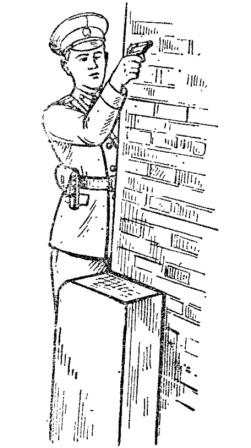
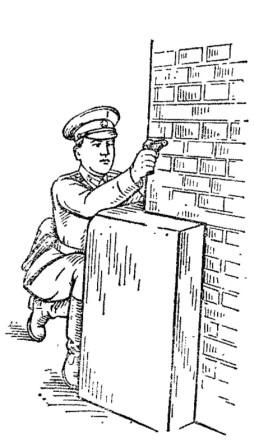
Рис. 9. Положение для стрельбы стоя из-за укрытия
Рис. 10. Положение для стрельбы с колена из за укрытия
After inserting the magazine in the grip, the slide is manually removed from the slide stop and when moving forward, feeds the upper cartridge from the magazine to the barrel chamber.
When carried, the gun should be with the safety on, for which the safety lever on the left side of the slide is rotated up. In this case, the hammer and the slide are blocked.
To fire, the safety lever is pushed down and the trigger is pulled.
The force required to pull the trigger for the first time is greater compared to subsequent ones, because the hammer is cocked at the same time.
During subsequent shots, the trigger is cocked automatically by the slide by means of energy of propellant gases.
The hammer, driven by the hammer spring, strikes the firing pin.
The firing pin moves forward to strike the cap. The pistol fires a shot.
To fire a subsequent shot, just pull the trigger.
After firing the last round, the slide is held back by the slide stop.
Nikolai Fedorovich Makarov (1914–1988) was born in the town of Sasovo (Ryazan province) into a family of a railway master. In 1928 he graduated from the first level school. Then he studied at the Ryazan railway school, after which he worked at the Sasovo railway depot. In 1936–1941 he studied at the Tula Mechanical Institute (now — Tula State University). With the outbreak of the Great Patriotic War, he was sent from pre-graduation practice to a plant in the town of Vyatskiye Polyany (Kirov Region), where the production of G.S. Shpagin submachine guns was organized.
In 1945, N.F. Makarov returned to Tula and got a job at the Central Design Bureau of the Central Design Bureau No. 14 (now the KBP Instrument Design Bureau). He joined a team engaged in the development of side arms for officers of the Soviet Army. Such noted firearms designers as F.V. Tokarev, S.A. Korovin, S.G. Simonov took part in the tender for a new pistol, and also 15 foreign pistols were considered out of competition. Makarov’s pistol was the only one which passed the most challenging reliability test – sand grout immersion test. In 1951, the gun was adopted by the Soviet Army under the name "PM" (Makarov pistol).
Development of the pistol was a significant achievement of the designer, who attributed his success to colossal work. “It’s enough to say,” he wrote, “that at that time I worked every day, practically without days off, from eight in the morning until two or three the next morning, which made it possible to perfect the reliability and survivability of my firearms.”
Makarov’s pistol is still in service with almost all the security agencies of Russia, as well as the armies and special operation forces of a number of foreign countries.
Another significant design success of N.F. Makarov is the 23 mm AM-23 aircraft rapid-fire autocannon developed jointly with Nikolai Mikhailovich Afanasyev. This system had been in service with the Soviet Army and Navy for years and was produced at the Tula Machine-Building Plant named after V.M. Ryabikov until the late 1970s.
Also, N.F. Makarov took part in the development of a number of missiles.
In recognition of his services to the State, he was awarded the Golden Star medal and the Order of Lenin with the title of Hero of Socialist Labor.
Laureate of two State Prizes of the USSR.